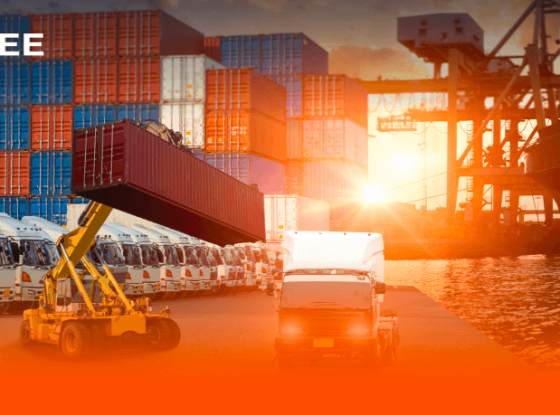Why Mastercard is bringing crypto onto its network

Mastercard is bringing crypto ? Whatever your opinions on cryptocurrencies — from a dyed-in-wool fanatic to utter skeptic — the fact remains that these digital assets are becoming a more important part of the payments world.
We are seeing this fact play out on the Mastercard network, with people using cards to buy crypto assets, especially during Bitcoin’s recent surge in value. We are also seeing users increasingly take advantage of crypto cards to access these assets and convert them to traditional currencies for spending.
To be clear, this data is not of any individuals — it’s anonymized and in aggregate — but the trend is unmistakable.
We are preparing right now for the future of crypto and payments, announcing that this year Mastercard will start supporting select cryptocurrencies directly on our network. This is a big change that will require a lot of work. We will be very thoughtful about which assets we support based on our principles for digital currencies, which focus on consumer protections and compliance.
Our philosophy on cryptocurrencies is straightforward: It’s about choice. Mastercard isn’t here to recommend you start using cryptocurrencies. But we are here to enable customers, merchants and businesses to move digital value – traditional or crypto – however they want. It should be your choice, it’s your money.
Doing this work will create a lot more possibilities for shoppers and merchants, allowing them to transact in an entirely new form of payment. This change may open merchants up to new customers who are already flocking to digital assets, and help sellers build loyalty with existing customers who want this additional option. And customers will be able to save, store and send money in new ways.
We want to help these concepts flourish and reach their potential, while also developing and encouraging the necessary guardrails.
“We are here to enable customers, merchants and businesses to move digital value — traditional or crypto — however they want. It should be your choice, it’s your money.”
To be completely clear, not all of today’s cryptocurrencies will be supported on our network. While stablecoins are more regulated and reliable than in the recent past, many of the hundreds of digital assets in circulation still need to tighten their compliance measures, so they won’t meet our requirements. We expect consumers and the ecosystem as a whole will start to rally around the crypto assets that offer reliability and security. It’s those very same stablecoins that we expect to bring into our network.
What are we looking for? Four key items.
First and foremost we need consumer protections, including privacy and security of consumers’ information — the same level of security people have come to expect in their credit cards. Next, strict compliance protocols will be needed, including Know Your Customer, a requirement meant to snuff out illegal activity and deception in payment networks. Also, these digital assets must follow local laws and regulations in the regions they are used.
Lastly, people will want to use these digital assets for payments, so that is one of our criteria too. To reach our network, crypto assets will need to offer the stability people need in a vehicle for spending, not investment.
We are already working hard to provide this consumer choice for cryptocurrencies. We teamed up with Wirex and BitPay last year to create crypto cards that allow people to transact using their cryptocurrencies. We added to those partnerships this year by joining forces with LVL, an up-and-coming cryptocurrency exchange. These relationships — with many more planned in the pipeline — build on our many years of crypto collaborations.
In all of these cases, cryptocurrencies still don’t move through our network. Our crypto partners convert the digital assets on their end to traditional currencies, then transmit them through to the Mastercard network. Our change to supporting digital assets directly will allow many more merchants to accept crypto — an ability that’s currently limited by proprietary methods unique to each digital asset. This change will also cut out inefficiencies, letting both consumers and merchants avoid having to convert back and forth between crypto and traditional to make purchases.
Added to this work, Mastercard is actively engaging with several major central banks around the world, as they review plans to launch new digital currencies, dubbed CBDCs, to offer their citizens a new way to pay. Last year, we created a test platform for these banks to use these currencies in a simulated environment. Using our deep experience in payments technologies, we look forward to continuing these partnerships with governments and helping them explore the best ways to develop these new currencies.
With 89 blockchain patents granted globally with an additional 285 blockchain applications pending worldwide, we already have one of the payments industry’s biggest blockchain patent portfolios to draw from to make these projects successful.
We are inspired by so much of the work going on in the payments world — in banking, in emergent fintechs, in crypto — to push forward change. And we are doing as much as we can to set the stage for these players to take the next step forward.
Source : mastercard.com



